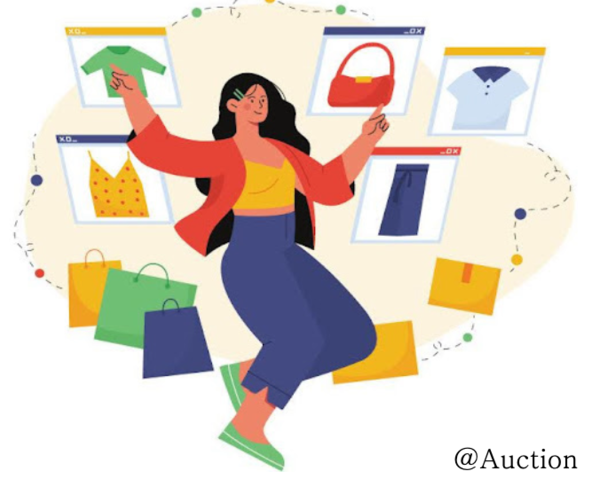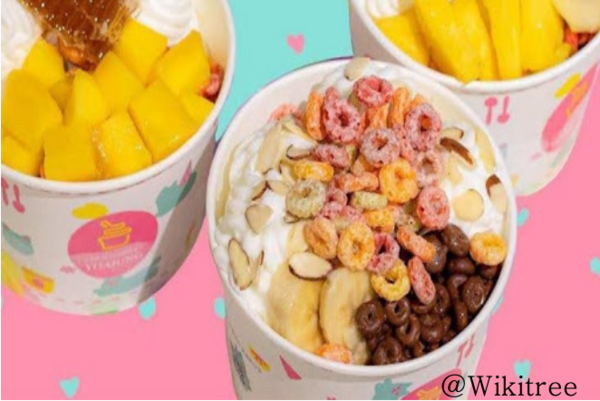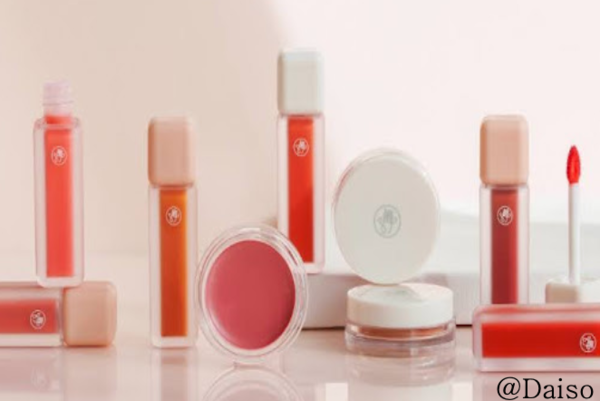What kinds of consumption do you enjoy? These days people enjoy consumption in many ways, such as online shopping, offline shopping, or just window shopping without actually making a purchase. Recently, it is popular to buy cheap products using overseas shopping platforms such as AliExpress and Temu. At the same time, luxury consumption is also trending, with people even lining up to enter flagship stores in department stores. Did you know that these diverse consumption patterns tend to differ by generation?
Generation M is a transitional generation that experienced both digital and analogue phenomena and changes at the end of the century around 2000. Generation Z was born in the late 20th century and grew up in a world where smartphones and social media had already become a part of everyday life.
Therefore, they grew up with the development of platforms such as Youtube and Instagram. Both generations, though raised in similar yet distinct environments, show differences in the types of consumption they seek. Generation M values the experience of consumption, and is highly responsive to trends. In contrast, Generation Z seeks to express their individuality through consumption and places importance on personal growth and self-development. They prefer products and services that align with their tastes and values, focusing on cost-effectiveness (가성비) and emotional satisfaction (가심비). In this article, I would like to take a closer look at the consumption trends of Generation Z — the younger of the two, the most trend-sensitive, and the primary readership of Indigo.
According to Trend Korea 2025, a book that presents forecasts for the following year, including the economy, society, and culture of Korea, 10 keywords of the 2025 consumption trend are introduced. Here, I would like to introduce two of these keywords. First, it is ‘Omnivore’. Originally, “omnivore” refers to an animal that eats both plants and meat, but it has recently been used to describe people with diverse interests and preferences. In the open chat room of the drama “Lovely runners (선재업고튀어)”, which became very popular last year, people of all ages, including college students, housewives, high school students, and office workers, came together to support “Seonjae (선재)”, the main character of the drama. Another example is the Japanese professional gaming team ‘Matagi Snipers,’ whose average age is 67. This shows that online gaming - once considered exclusive to the younger generation - is now enjoyed across all age groups. In other words, consumers develop their own unique preferences without being bound by traditional categories such as age, gender or income. They also tend to choose a variety of products without following the trends of specific brands. This ‘Omnivore’ trend is especially evident in the consumption patterns of Generation Z, who have grown up with social media.
In the past, consumption through social media has been expressed as a great pride in purchasing products that match the trend by emphasizing brand-name clothes and cosmetics. However, Generation Z’s consumption - when combined with the Omnivore mindset - now emphasizes personal growth and cost-effectiveness, rather than trend following. They enjoy expressing their own style and consumption patterns through social media, valuing individuality over conformity.

The next keyword is ‘Topping Economy’. It means customizing products or services by selecting only the options you want, such as pizza toppings. A representative example of success in the topping economy is ‘Crocs’. In the early days, many people didn’t like it because of its design. However, when people began personalizing them with Jibbitz charms to express their individuality, they quickly rose in popularity and became a fashion trend. This gained even more traction among Generation Z, whose consumption habits are strongly centered around self-expression.
Another example is ‘Yoajung’, a yogurt Ice cream brand that has recently become a major trend. Customers can choose from a wide variety of toppings to create unique combinations with each order, turning the dessert into a highly personalized experience. This reflects the essence of the Topping Economy - customization based on individual taste. Thanks to its topping economy strategy, it saw a 422% increase in sales in the first half of 2024.

Have you ever seen a video introducing a dupe product on TikTok or something like that? Or have you heard about dupe products? Dupe is an abbreviation for duplication, meaning not only a simple replica, but also a legitimate alternative to expensive goods. Dupe products are also very popular among generation Z. For example, Daiso cosmetics, which have recently become popular, were referred to as “Chanel Cheap,” and were considered low-priced products in the satisfaction of purchasing affordable alternatives to expensive items.

According to the “New Recognition Report” conducted by U.S. market research company Wipulse for 1,500 MZ generations in North America in 2023, 60% of respondents said even if they can afford the original product, they will buy the dupe product. This suggests that people derive great satisfaction from purchasing dupes, not because they cannot afford the originals, but because they value the affordability and uniqueness. On TikTok, people are not shy about purchasing cheap products, such as boasting about who found the best deals on dupe products, but rather share information and showcase good consumption trends.
Dupe consumption is gaining popularity, but on the other hand, there are concerns as well. Since dupe products refer to products with similar quality or design to expensive brand products, they can be compared to original products, but it is difficult to expect exactly the same quality as original products, and some unverified products may have stability issues. Additionally, there are questions about whether these products infringe on the original design and intellectual property rights. However, Dupe products are legal alternatives that borrow features from the original. They are distinct from counterfeits because they have their own branding and identity.
Then, what is the brand’s reaction to these dupe products? John Edelman, CEO of a luxury furniture brand in the United States, also said in an interview, “All dupes kill the future of design.” However, Dupe does not necessarily reduce the demand for original brand products. Instead, they create an additional consumer segment, and some brands even use dupes to boost original brand marketing. This indicates that dupe products have created a new form of consumption in society.
The consumption environment landscape is changing due to emerging trends that reflect the characteristics of Generation Z. As prices continue to rise, interest in “You Only Need ONE (YONO)” is increasing, moving away from the “YOLO” culture of enjoying life just once. For the YONO generation, who prefer cost-effective products instead of following trends and boasting about expensive items, Generation Z consumption trends have become essential.
In addition, as the consumption trend of Generation Z changed, companies’ response strategies have also changed. Rather than focusing on finished products, companies are building production systems that can offer a variety of small-batch productions, emphasizing the development of customizable platforms. For example, furniture companies make modular furniture that allows consumers to combine pieces in ways that fit their preferences rather than simply selling pre-assembled products. Moreover, this evolving trend is no longer just about consumption, but is becoming a form of entertainment to provide consumers with unique and diverse experiences. Therefore, companies are trying to revolutionize consumer experience through new technologies such as AR (Augmented Reality), VR (Virtual Reality), and AI (Artificial Intelligence), while working to strengthen brand identity and foster emotional connections with consumers.
In this way, Generation Z consumption trends are not limited to fleeting trends, but bring significant changes to both companies and individual consumers. Therefore, as generation Z and consumers, we must recognize that our choices can contribute to creating a better world and should strive to practice more responsible and conscious consumption.

